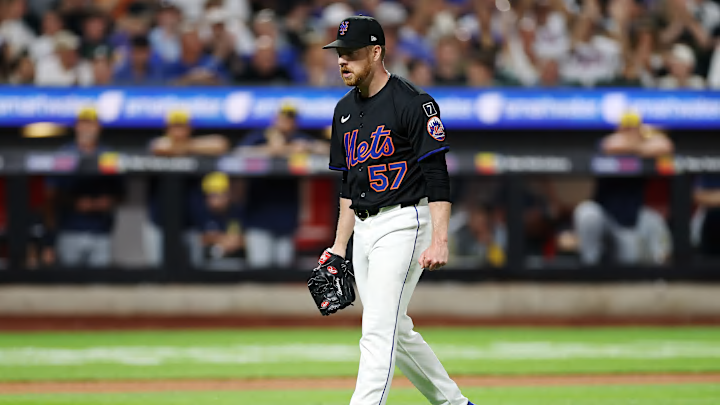In the opening salvo of the 2025-2026 offseason, the New York Mets have already managed to puzzle their fanbase. With a clear need to upgrade a bullpen that often faltered, President of Baseball Operations David Stearns made his first move. It wasn't a high-impact arm or a flashy trade, but rather a familiar face whose first stint in Queens was, to put it mildly, forgettable.
We have made the following roster move. pic.twitter.com/WjAexpP4o3
— New York Mets (@Mets) October 23, 2025
The team officially announced the signing of left-handed reliever Richard Lovelady to a one-year, Major League contract. The move brings Lovelady back into the fold after he spent the 2025 season bouncing on and off the roster. While teams often prioritize retaining familiar depth, this particular reunion has left many supporters scratching their heads and bracing for another offseason of bargain shopping.
The Lovelady nightmare in repeat
For those who may have blocked it from memory, Lovelady’s 2025 campaign was a statistical disaster. In 10 combined appearances between the Mets and Blue Jays, he pitched just 11.2 innings, posting a catastrophic 8.49 ERA and a 1.54 WHIP. He was, in short, one of the least effective pitchers to take the mound for the team all year.
A dive into his Statcast metrics reveals that his struggles were no fluke. Lovelady’s 8.49 ERA was almost supported by his dreadful 5.98 xERA (Expected ERA), indicating his performance was not a case of bad luck. The underlying numbers were a sea of red. Opposing batters feasted on his offerings, tagging him for an average exit velocity of 89.6 mph and a nightmarish 15% barrel rate—a figure that ranks among the worst in all of baseball.
The "why" is simple: his arsenal is non-competitive at the Major League level. His primary fastball sits at a paltry 91.5 mph, a speed that simply doesn't fool modern hitters, especially with mediocre command. His 21.1% strikeout rate was well below league average, while his 10.5% walk rate was alarmingly high. He didn't miss bats, and he didn't find the strike zone.
This move immediately raises uncomfortable questions about the team's offseason strategy. Is David Stearns continuing the "small-market approach" in the country's largest market? Guaranteeing a roster spot to a demonstrably poor performer from the previous season feels like a move aimed at filling a quota rather than building a contender. The Mets faithful hope this is just a minor depth signing and not a troubling preview of the "dumpster diving" to come.
